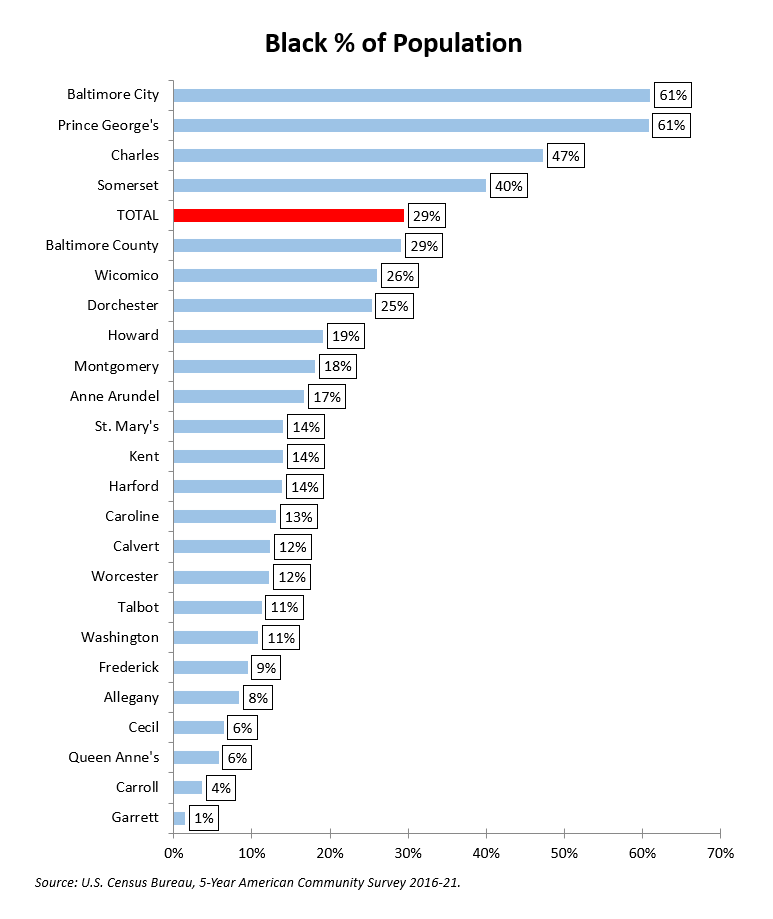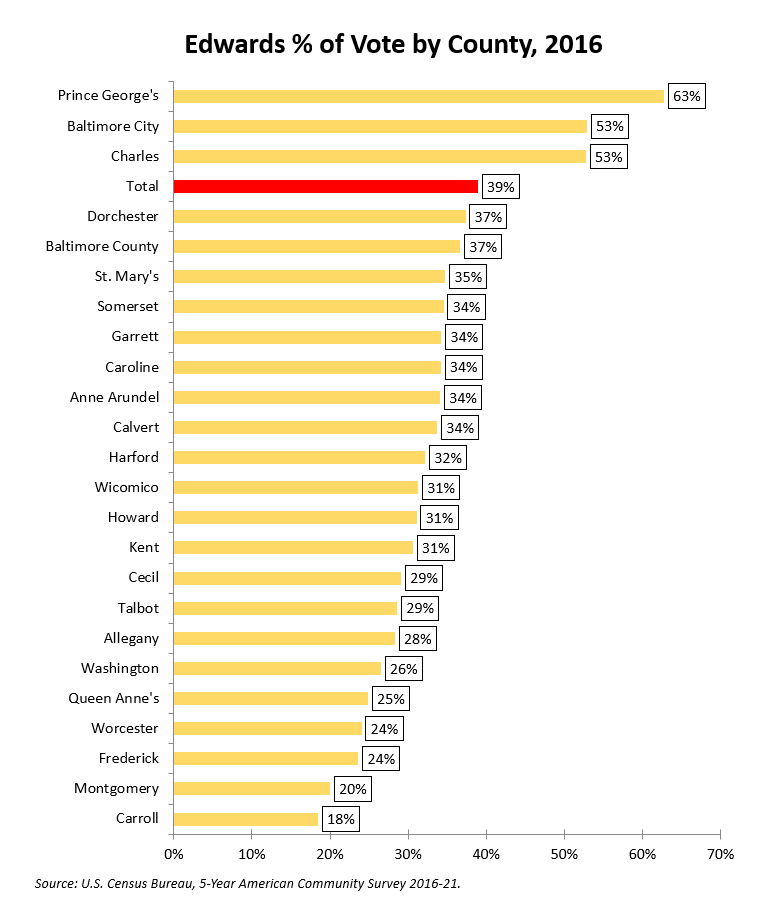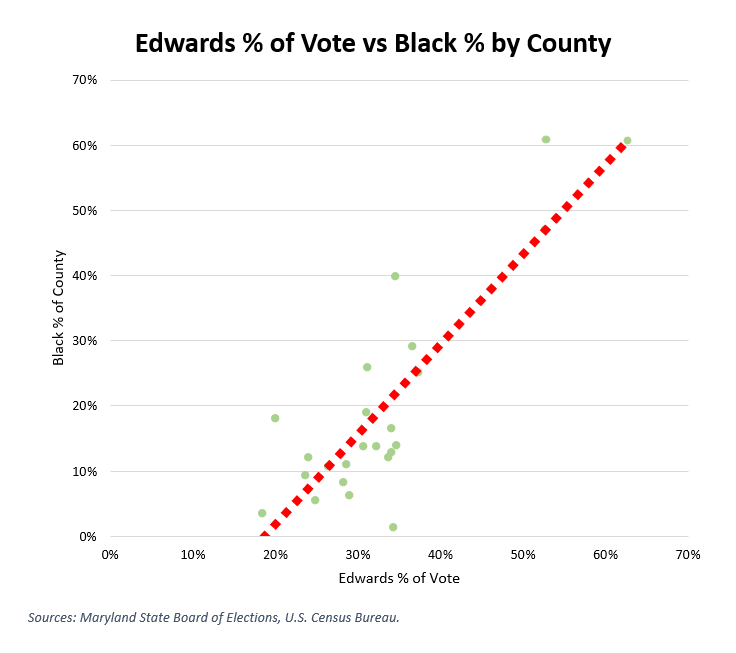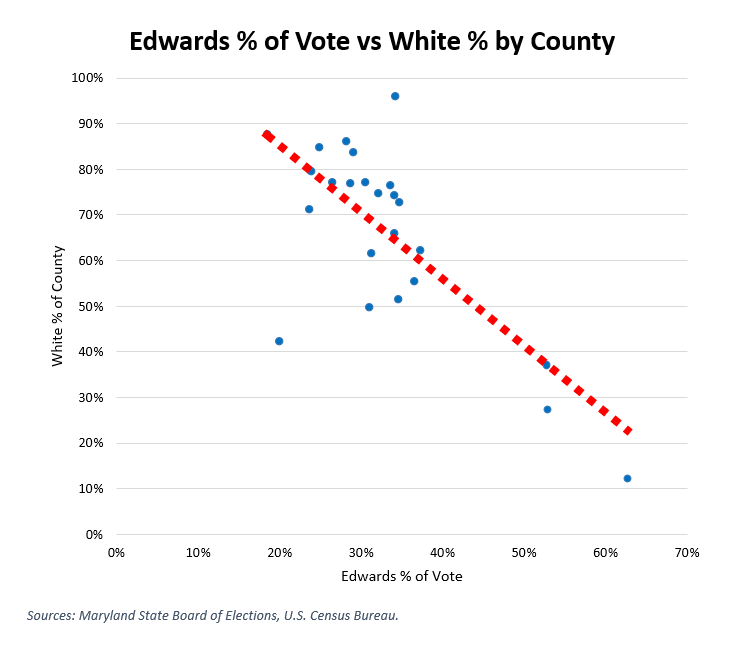By Adam Pagnucco.
Prince George’s County Executive Angela Alsobrooks could make history next year if she is elected to the U.S. Senate. Only two Black women – Carol Moseley Braun from Illinois and Kamala Harris from California – have ever served in the Senate. (Delaware’s Lisa Blunt Rochester has a good chance to join them.) But Alsobrooks is not the first Black woman from Maryland to try. Seven years ago, another Prince Georgian gave it a shot: former Congresswoman Donna Edwards.
Edwards is a legend in Maryland progressive politics. In 2006, she came out of nowhere to challenge District 4 Congressman Al Wynn from the left and got within 3 points of winning. Two years later, she spanked Wynn by 22 points. For the next ten years, she was one of the loudest and most reliable progressive voices in the U.S. House. When U.S. Senator Barbara Mikulski retired in 2016, Edwards was one of two heavyweights to run for her seat. Her rival was another legend, Congressman Chris Van Hollen from Montgomery County. Van Hollen won the primary by 14 points. Two years later, Edwards would return to run against Alsobrooks, then the Prince George’s County State’s Attorney, for the county executive seat vacated by Rushern Baker. Alsobrooks won that primary by 38 points and is now running for U.S. Senate today.
Edwards’s politics are further to the left than Alsobrooks, but they were both prominent Black female elected officials from Prince George’s County. Both were facing well-financed White male members of Congress from Montgomery County. But whereas Alsobrooks has Council Member Will Jawando in her race, Edwards had a crew of minor candidates between herself and Van Hollen. We can learn a lot about today’s race by looking at Edwards’s performance six years ago.
Then and now, with at least one Black candidate on the ballot, race matters. Let’s start by looking at the Black percentage of the population for Maryland’s 24 local jurisdictions.

Two large jurisdictions – Baltimore City and Prince George’s County – have Black majorities. Another medium-sized jurisdiction, Southern Maryland’s Charles County, is close. Black residents account for nearly a third of Maryland’s population and may be around 40% of its Democratic primary voters.
Now let’s look at Edwards’s percentage of the votes against Van Hollen by county.

Edwards won three jurisdictions and they were – surprise! – Baltimore City and Prince George’s and Charles counties.
Let’s go a little deeper. The following two scatter charts plot Edwards’s vote percentage vs the Black percentage of the population and the White percentage of the population by county.


The correlation coefficient between Edwards’s vote percentage and the Black population percentage is +0.86, indicating a very strong positive relationship. The correlation coefficient between Edwards’s vote percentage and the White population percentage is -0.73, indicating a very strong negative relationship.
Race matters in politics, folks. A LOT.
We are not going to stop here. In Part Four, we will take you deep inside one of the most important swing jurisdictions in the state. How did Edwards do there and what will that mean for 2024? More to come next!
